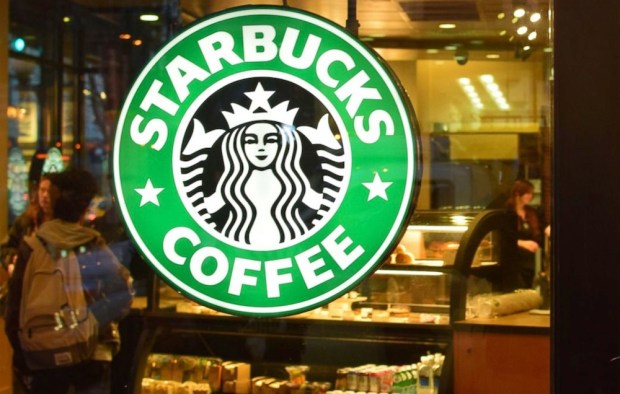Starbucks Whiffs On Revenue In A Challenging Retail Environment

After what seemed like an almost invulnerable run, Starbucks hit some top line trouble in its Q3 earnings announcement, which sent its shares spiraling down in after-hours trading. The miss comes as Starbucks is one of many retailers trying to regain its footing in the increasingly complex U.S. landscape.
By the numbers, Starbucks’ revenue clocked in at $5.7 billion — slightly short of the $5.8 billion Wall Street analysts were looking for pre-report. Earnings came in at expected levels — 55 cents per share. Same store sales were up, but not by as much as The Street wanted to see — 2 percent instead of 3.3 percent.
The dip comes as Starbucks is one of many restaurants finding a sudden fall-off in traffic as U.S. dining habits are shifting toward more home-based dining. And Starbucks also had the unique misfortune that befell a lot of Americans in Q3 — a rash of major hurricanes that lead to a massive number of (temporary but expensive) store closures.
Worldwide, comparable-store sales were up 2 percent — pushed by both a 1 percent increase in the number of customer transactions and a 2 percent increase in their spending per transaction. Had their been no hurricanes this quarter, Starbucks’ growth likely would have come in at about 3 percent for same store traffic. Mobile order ahead grew to take ten percent of all U.S. transactions.
In the U.S. — by far Starbucks’ largest market — same store sales were up 3 percent (excluding the hurricanes), while in the Americas, comparable sales were also at 3 percent (slightly short of analysts’ 3.3 percent estimates.)
And with Wall Street registering swing and a bit of a miss on this most recently passed quarter, Starbucks is recalculating its expectations for the long term. Starbucks is now forecasting earnings per share growth of at least 12 percent, down from 15 percent to 20 percent.
“A balanced conversation of our performance over the past two years acknowledges that we have not consistently delivered against our long-term financial targets,” the company said during in its earnings call.
Long-term, the goal is global comparable-store sales growth of 3 percent to 5 percent and annual consolidated net revenue growth in the high single digits.
Starbucks had net sales for the quarter of $5.7 billion, flat with the same quarter the year prior.
So, how to get the ship righted?
Investment in its digital business seems to be top-of-mind for Starbucks — particularly through its membership program. Staying “on trend” when it comes to the sale and design of beverages is also part of the roadmap — apparently plant-based beverages are very hot these days. Consumers are increasingly switching to soy and almond milk in their coffee and other drinks.
Starbucks is also reaffirming its commitment to coffee — with plans to sell its Tazo tea brand to Unilever for $384 million. That deal will likely close in Q4 — Tazo had tea sales of $112.5 million over the past year. Starbucks had already previously noted its intention to close all 379 Teavana locations by spring 2018.
The Asia Pac region and China were both strong performers — China showed up as the brand’s second largest and fastest growing market with comparable sales growth of 8 percent.
